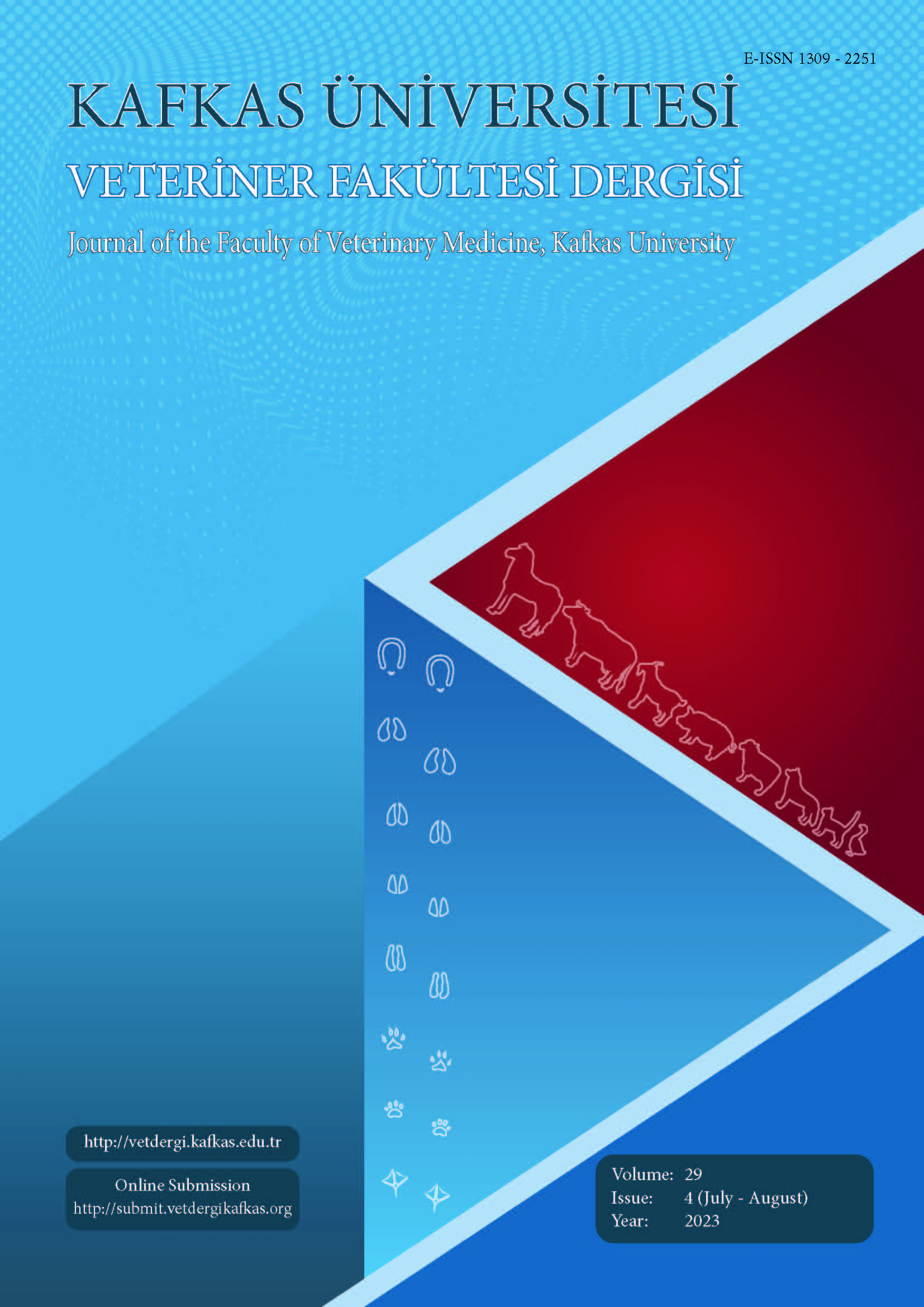
This journal is licensed under a Creative Commons Attribution-NonCommercial 4.0 International License
Kafkas Üniversitesi Veteriner Fakültesi Dergisi
2023 , Vol 29 , Issue 4
Fitting Various Growth Equations to the Daily Milk Yield Data of NiliRavi Buffaloes and Cholistani Cows at Intake at Maintenance Levels
1University of Veterinary and Animal Sciences, Faculty of Animal Production and Technology, Department of Animal Nutrition, Ravi Campus, 54000 Lahore, PAKISTAN2The Islamia University of Bahawalpur, Faculty of Veterinary and Animal Sciences, Department of Livestock Management, 63100 Bahawalpur, PAKISTAN
3University of Veterinary and Animal Sciences, Faculty of Animal Production and Technology, Department of Animal Sciences, Jhang Campus, Jhang, PAKISTAN
4The Islamia University of Bahawalpur, Faculty of Veterinary and Animal Sciences, Department of Animal Breeding and Genetics, 63100 Bahawalpur, PAKISTAN
5Kafkas University, Faculty of Veterinary Medicine, Department of Animal Nutrition and Nutritional Diseases, TR-36100 Kars - TURKIYE DOI : 10.9775/kvfd.2023.29278 This study described the daily MY in buffalo and cow under restricted feeding conditions using the five growth models (Brody, Von Bertalanffy, Logistic, Gompertz and Wood). In addition, the species-wise differences in lactation parameters were also tested. These models were fitted to the lactation data of four whole lactations (two buffaloes and two cows) using 1200 unadjusted MY records. Fitting of the model was evaluated through appropriate fitness indicators such as the adjusted R2, Akaike"s Information Criterion (AIC), Bayesian Information Criterion (BIC) and Root Means Squared Error (RMSE). The Wood"s model provided the best fit of the lactation curves with logical values of parameter estimates owing to higher R2 and lower AIC, BIC and RMSE than other equations. The wood"s model had a better fit of lactation data of cows than of buffaloes. The average estimated values for the initial MY (a), ascending phase before peak MY (b) and descending phase after peak MY (c) were 4.75, 0.238 and 0.004, and 2.56, 0.321 and 0.006 kg/day for buffaloes and cows, respectively. The magnitude of lactation parameters remained higher (P<0.05) in buffaloes for a, peak MY, persistency and lactation yield than in cows. The Woods" model fairly accurately described the lactation data than other equations under restricted feeding conditions, with poor fitting in buffaloes to moderate fitting in cows. Keywords : Intake at maintenance, Growth models, L Article ID: KVFD-2023-29278 actation curves, Species differences










